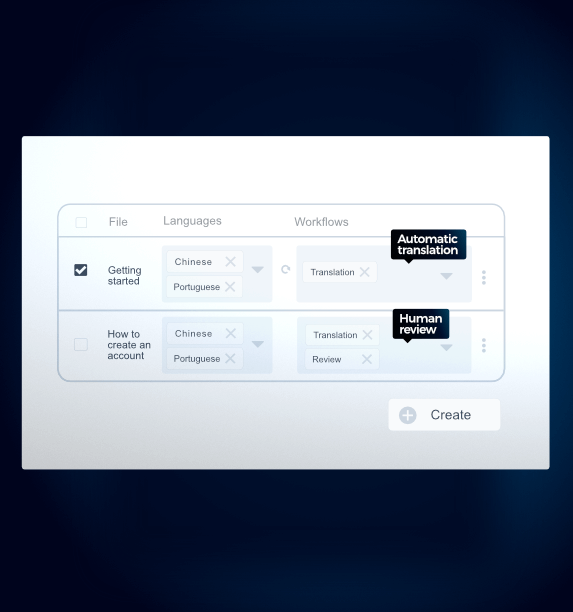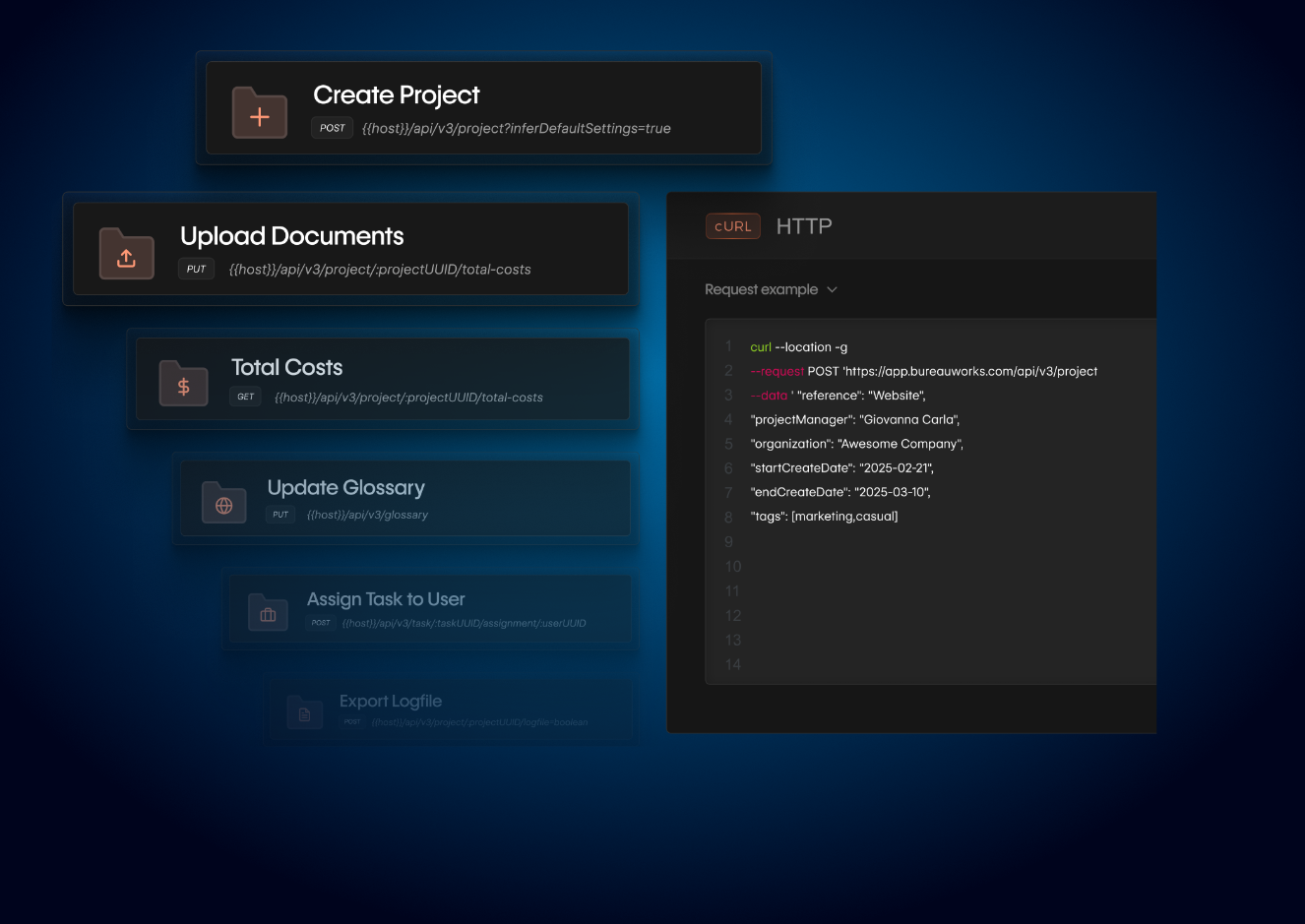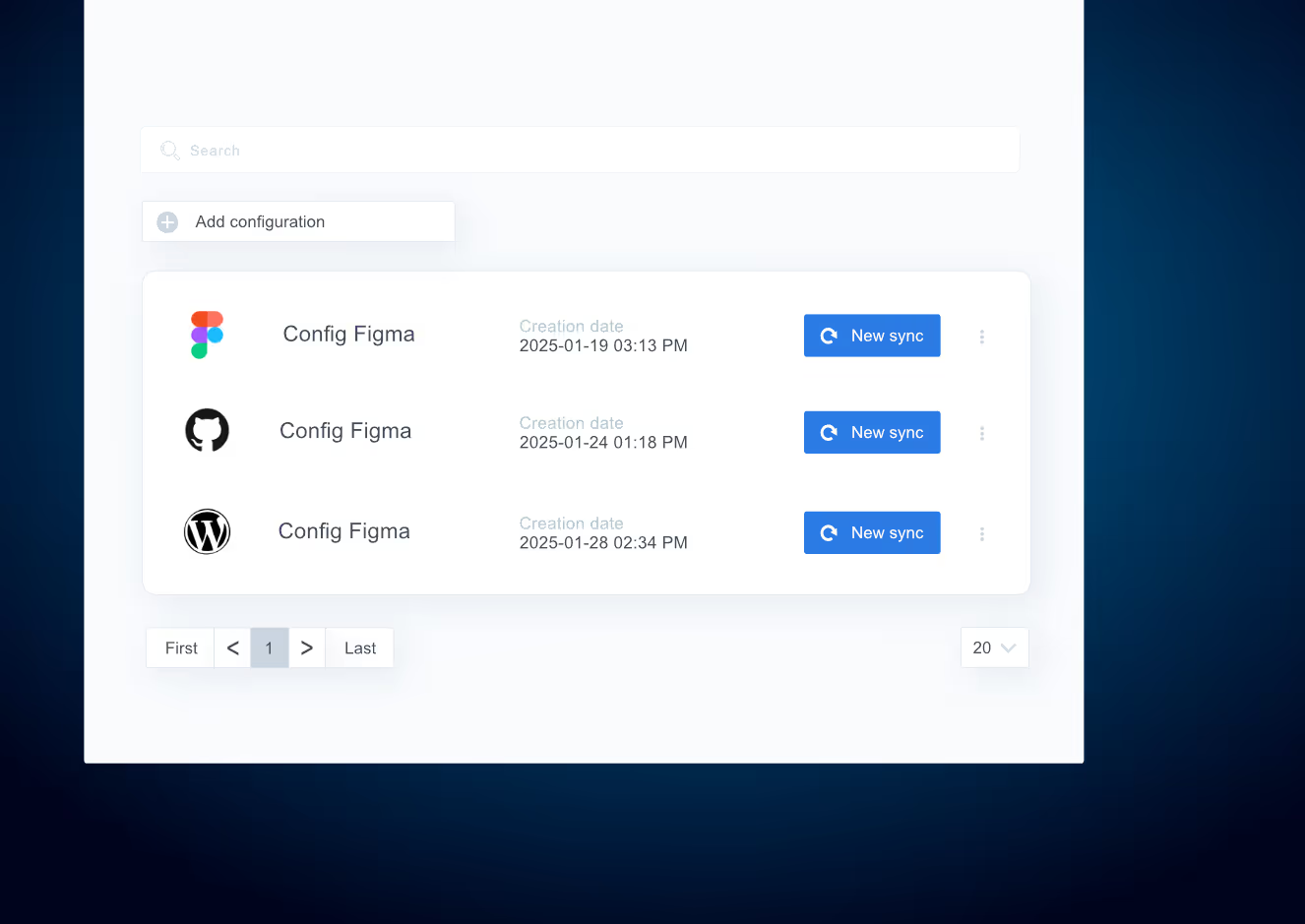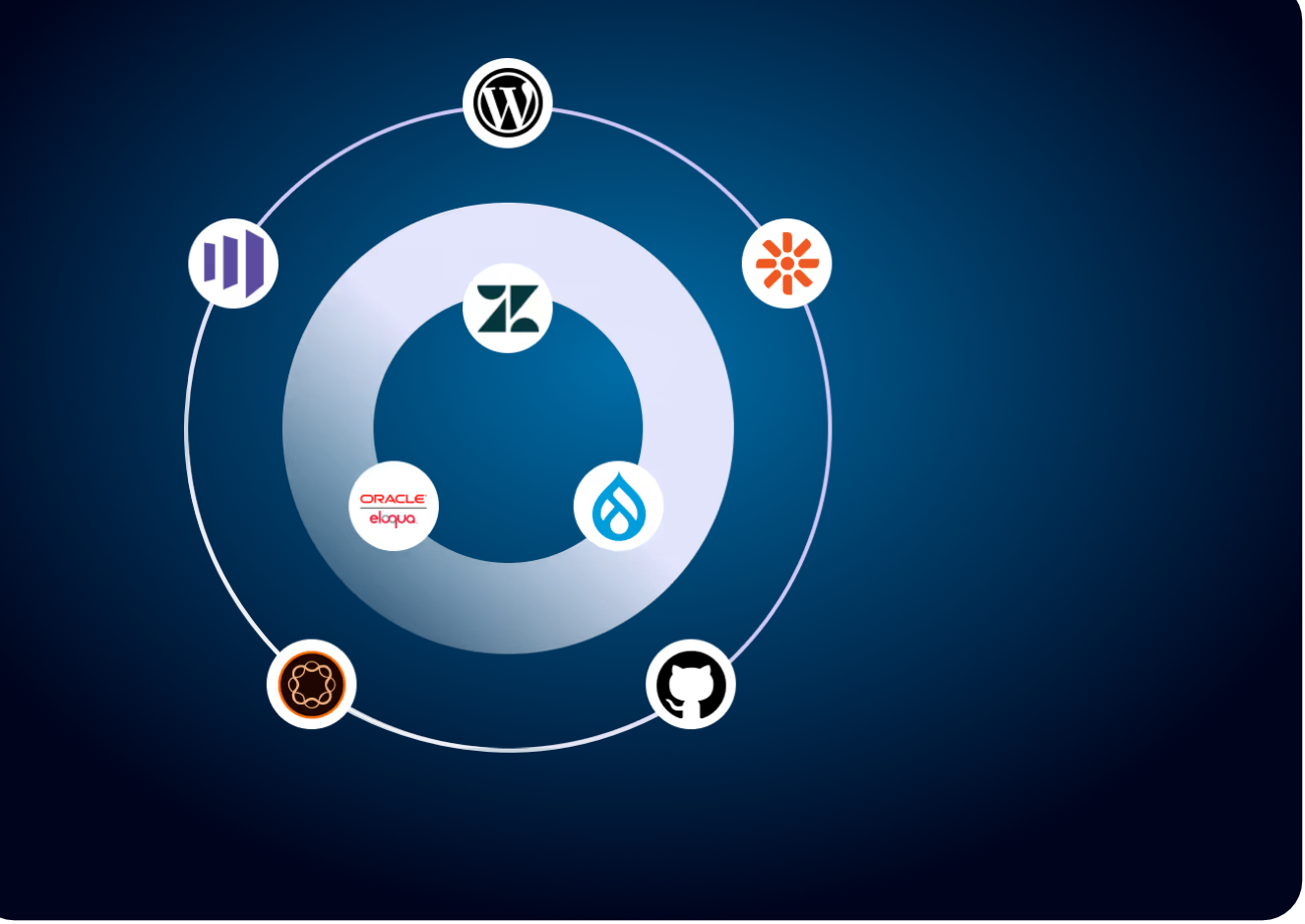Content Translation
Break the barrier into new language markets with top-notch content localization, done on a platform that goes beyond just being a TMS and helps you run a flawless process aligned with all your business units.




























Content Translation That Scales With Your Business
Break the language barrier and expand into new markets with translations that go beyond words. Bureau Works centralizes your assets, integrates with your systems, and keeps quality and consistency at the core of every piece of content.

Centralize Your Assets
Unify glossaries, memories, and terminology so every piece of content carries the same brand voice and standards.

Integrate Seamlessly
Connect Bureau Works to your CMS and business tools for true end-to-end localization without manual handoffs.

Consistency at Scale
Automated QA and context sensitivity catch errors early, ensuring your content always aligns with your brand across languages.
Content Localization for Agile Teams
Bureau Works fits right into your content workflow, detecting updates, routing translations, and syncing across channels. No delays, no bottlenecks—just a steady flow of multilingual content.
.png)
.avif)

.avif)
End-to-End Content Updates
From blogs to product docs, Bureau Works pulls new content automatically, translates it, and pushes updates back into your CMS—without extra overhead.
.png)
Flexible Workflows
Automate routine translations with AI, or send critical pieces—like press releases and campaigns—for professional review before publishing.

Real-Time Publishing
Publish translations instantly or schedule rollouts across multiple regions, keeping your content aligned with launches and campaigns.

Manage Everything in One Place
Handle translations, QA, assignments, and payments from a single platform—no more juggling tools or spreadsheets.
.avif)
Built for Content Teams, Not Just Translators

.avif)

Localization That Scales With Your Growth
From startup blogs to global content hubs, Bureau Works gives you the tools to grow without losing quality or speed.

Enterprise-Grade Security
Content and translations protected with encryption, access controls, and compliance.

Trusted by Content Teams
Marketing and editorial teams worldwide run their content through Bureau Works with confidence.

Automation-First Workflows
Trigger jobs automatically as content updates—no spreadsheets, no bottlenecks.

Context Sensitivity
Translations adapt to full context, not isolated strings, so your brand message feels natural.

Quality Gate Checks
Spot errors, inconsistencies, and tone issues before content goes live.

AI Built In, Not Bolted On
Native AI workflows accelerate delivery while keeping brand voice intact.

Future-Ready Localization
Scale content into more languages without overhauling your workflow.

SEO-Optimized Copy
Ensure translated content is optimized for search in every language.

Collaboration Made Easy
Keep translators, marketers, and reviewers aligned in one connected platform.
Integrations
Connect your content to the tools your team uses every day - plus create your own micro-apps using no code integration





.png)
.png)
.png)
.png)
.png)
.png)

.avif)




